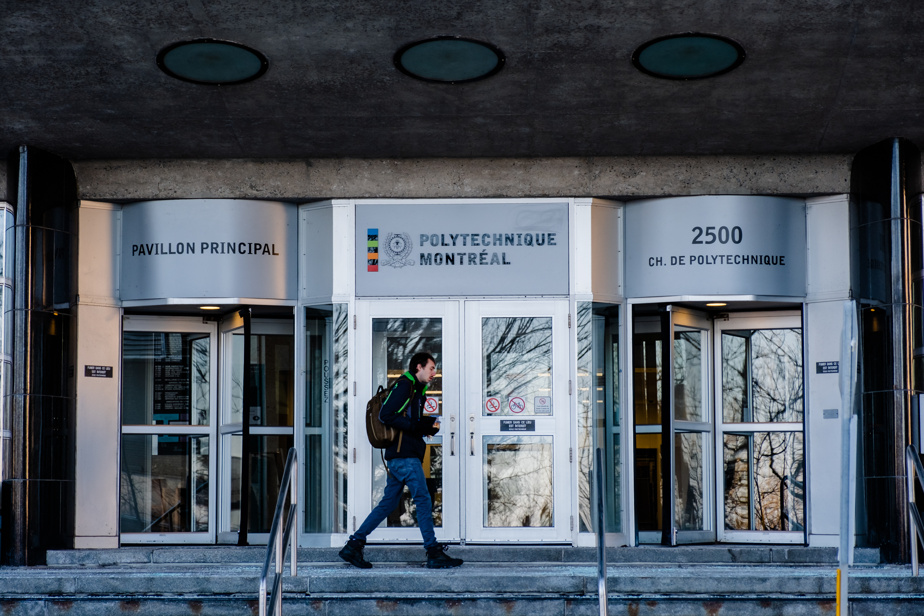(Montreal) Four universities and a dozen companies from Quebec, France, Switzerland and Morocco are joining forces to create a research consortium to help governments and industry achieve their commitment to carbon neutrality.
The promises of big companies and governments to reduce greenhouse gases follow one another and are often broken.
In order to achieve the objective of net zero emissions by 2050, in accordance with the Paris Agreement, States and companies must use scientifically robust methods and tools.
This is what the “International Consortium for Research on Life Cycle Analysis and Sustainable Transition” proposes to provide, the official launch of whose activities took place Thursday at Polytechnique Montreal.
“Faced with the climate emergency, only one voice is possible, that of acting together, by uniting our scientific knowledge from one end of the world to the other”, indicated the director of Polytechnique Montréal, Maud Cohen, in front of dozens of researchers and students.
“We don’t have time to make bad decisions anymore,” added chemical engineering professor Réjean Samson, adding that aiming for carbon neutrality without using the right models and relevant indicators is “doomed to failure”.
Professor Samson will act as the principal director of the research consortium and he will be supported by researchers from UQAM, the École Polytechnique Fédérale de Lausanne and the Haute École Spécialisee de Suisse Occidentale, in particular.
Hydro-Québec, L’Oréal, LVMH, Michelin, Groupe OCP, Groupe Optel, Richemont, Solvay, TotalEnergies and Arcelor Mittal are also partners in the research consortium which will be led by the International Reference Center for the Analysis of life cycle and sustainable transition (CIRAIG).
The CIRAIG, which is attached to Polytechnique Montreal, is “truly an international reference,” said Anne-Laure Hettinger, director of resources and global development and sustainability for the Arcelor Mittal steelworks.
“CIRAIG has always been the largest and most experienced research center on life cycle assessment,” explained Ms. Hettinger, who traveled from France to attend the launch of the research consortium.
CIRAIG defines “life cycle analysis” as the method for assessing the environmental impacts associated with all stages of a product’s life.
“It makes it possible to put clear figures on products” and “to express CO2 emissions by weight”, said Anne-Laure Hettinger.
The new research consortium could therefore help a steelworks like Arcelor Mittal, a major emitter of GHGs, to improve its processes and reduce its emissions.
“But it also allows us to talk to our suppliers to understand their role in our environmental footprint and also to talk to our customers to explain our role in their carbon footprint,” summed up Anne-Laure Hettinger.
“The whole planet is trying to aim for carbon neutrality, but if it’s not done correctly, we don’t have a second chance, so it takes tools as we develop” in this research center, said Réjean Samson.
“It’s a complicated process, there are a lot of uncertainties in the models that we use, but the goal of the research center is to reduce these uncertainties and improve the models”, summarized the professor of chemical engineering.
The International Research Consortium on Life Cycle Assessment and Sustainable Transition was created thanks to several sources of funding, public and private.
Researchers will have access to approximately 10 million for the first years of operation of the center.

